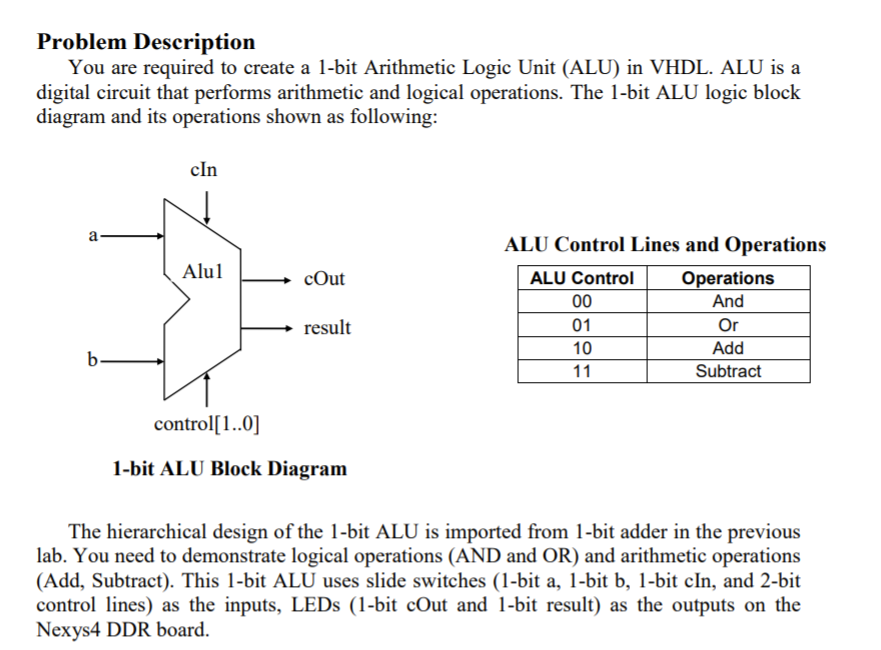Question
Given work f executing a differentiable limit that takes a floatingpoint dispute and gives a floating point result, a computer programmer completes a work f
Given work f executing a differentiable limit that takes a floatingpoint dispute and gives a floating point result, a computer programmer completes a work f 0 (x) ? f(x + h) ? f(x ? h) 2h to calculate its subordinate. Using a Taylor advancement and so forth, check how changing and truncation botches depend upon h. You could hope to be essentially all mathematical auxiliaries of f are inside a huge level of 1.0.
(a) Most liquid valuable stone introductions parcel a pixel into three sub-pixels concealed red, green, and blue. Sort out why this is so. (b) Some liquid jewel shows segment a pixel into four sub-pixels concealed red, green, blue, and white. Figure out why this might be useful, what benefits it has, and what restricts it has. (c) Compare and separation half-molding and misstep scattering. Recall for your reaction an explanation of the conditions wherein each is better compared to the next. (d) One procedure for against partner is to test at significant standard, n n higher than the last picture, and subsequently to average each square of n n pixels to give single pixel regard. Look at the advantages and disservices of using (I) Gaussian darkening, and (ii) center filtering.
(a) Given the going with project area in C or Java static int a = 3; static int f(int x, int y) { int z = a+x; ...; return ... } figure out how the four factors (a, x, y and z) are gotten to from inside f at the direction level for a plan like MIPS, ARM or x86. Pay explicit thought with respect to how and while amassing is allotted for these elements, also, which system parts of a standard assemble interface and-execute model are related with picking the direction and concluding the run-time address assessment. (b) Suppose we loosen up the language to allow settled work definitions: static int a = 3;


Design a 3-bit arithmetic circuit (AC) to perform the micro-operations below. The AC takes its operands from two 3-bit registers A = A2A1A0, and B=B2B1Bo, and returns an output F = F2F1Fo. Note: when answering the below questions, keep the same order of micro-operations and optimize your solution by reducing the number of logic gates used. Select Inputs Micro-Operation Description: Decrement by 2 (F= A-2) Decrement by 3 (F = A-3) Logic OR (F= AV B) Arithmetic shift left (F= ashl A) 1) Show the select inputs bits and necessary groupins in a table 2) Draw a detailed logic circuit of the ALU's arithmetic unit 3) Draw a detailed logic circuit of the ALU's Logic and Shift unit 4) Use block diagrams of the arithmetic, logic and shifting units in order to draw the block diagram of the complete ALU
Step by Step Solution
There are 3 Steps involved in it
Step: 1

Get Instant Access to Expert-Tailored Solutions
See step-by-step solutions with expert insights and AI powered tools for academic success
Step: 2

Step: 3

Ace Your Homework with AI
Get the answers you need in no time with our AI-driven, step-by-step assistance
Get Started


